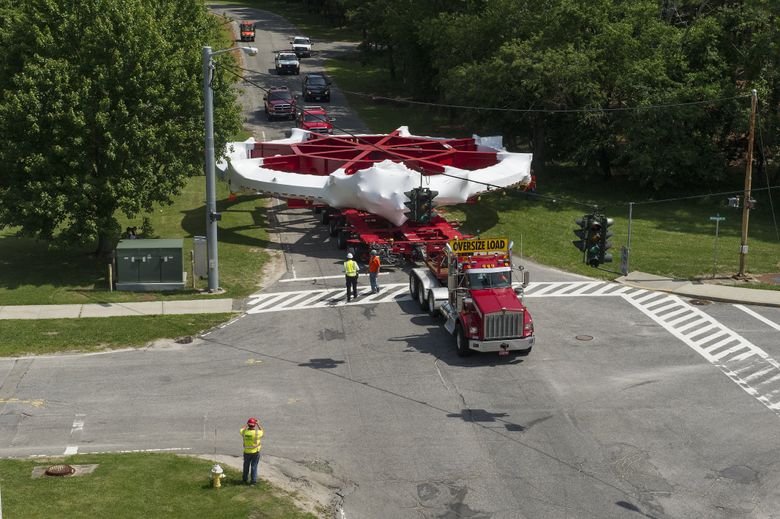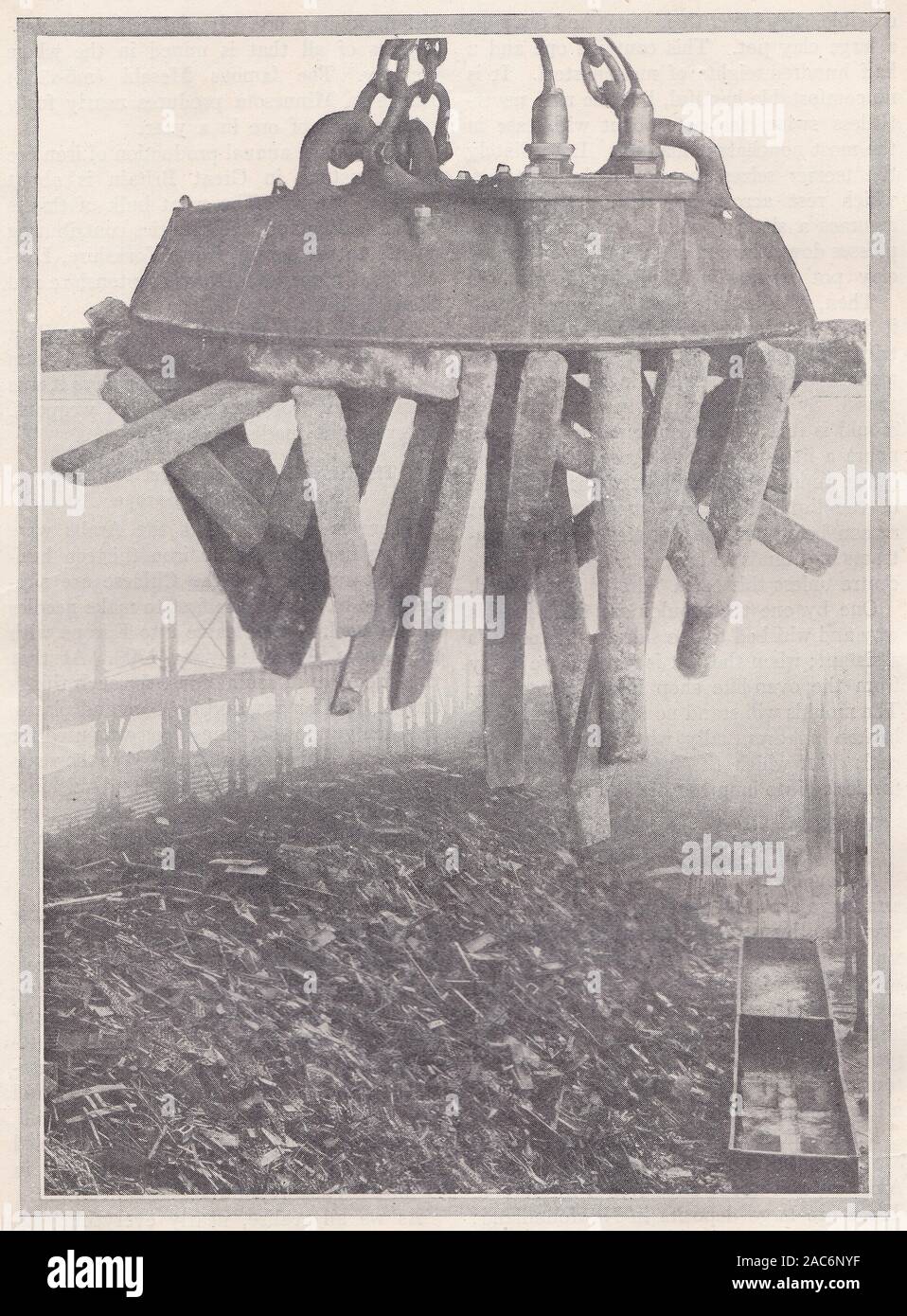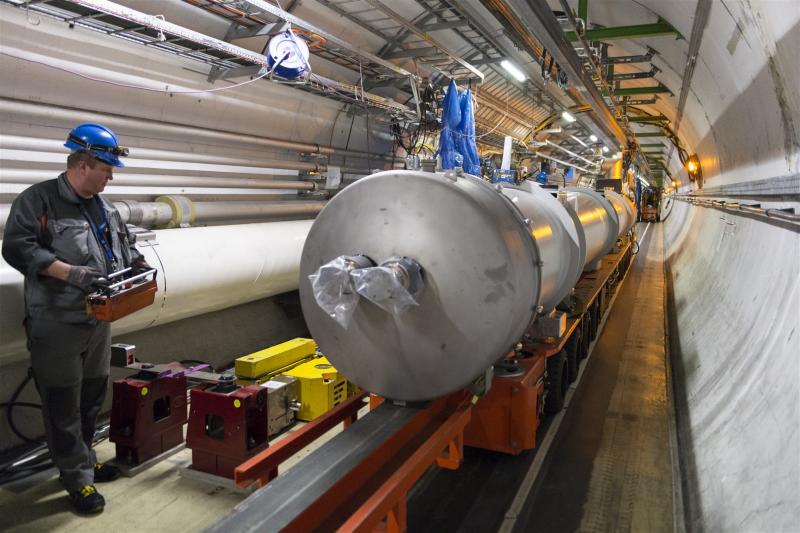Timelapse: Giant magnet flies through ALICE cavern
4.9 (568) · $ 9.50 · In stock
The CERN accelerator complex is in its first long shutdown and undergoing a process called "consolidation," which means that engineers and maintenance crews are repairing and strengthening accelerator components in preparation for running at higher energy in 2015. As part of the shutdown, up to 18 superconducting magnets on the Large Hadron Collider (LHC) will be replaced, including 15 dipole magnets and 3 quadrupole magnet assemblies. Quadrupole magnets help to focus the particles into a tight beam so they are more likely to collide in greater numbers as they reach the LHC detectors. Each quadrupole has four magnetic poles arranged symmetrically around the beam pipe to squeeze the beam either vertically or horizontally. This week technicians lowered a replacement quadrupole magnet assembly down the access shaft to the ALICE cavern. The cavern provides a handy access point to get equipment in and out of the LHC tunnel. In the timelapse video above, magnet is lowered, raised then lowered once again onto a wheeled transporter that will carry it to position on the LHC. Engineers in the ALICE cavern supervise lowering the magnet onto the wheeled transporter. The large red doors of the ALICE detector are open, revealing the complex detector systems inside (Image: CERN) The quadrupole magnet arrives, carried by a wheeled transporter to its final position on the LHC (Image: CERN) Download a diagram of the main consolidations on the LHC

Toulouse Becomes a Labyrinth for La Machine's Giant Spider and

The Best start to Christmas Day 2023 🤣 Headed to Arcadia and

Astronomy - April 2016

Unusual anatomical specimens go on display 🦥🧠😳 Sloth fetuses
Molecular identification of plants: from sequence to species

PDF) The alice experiment at the CERN LHC

Vote for your Tune Of The Year 2023!

ShukerNature: 2011
The subterranean ballet of ALICE

List Community District Library

The Sword of Summer by Rick Riordan - Flipbook by My Digital

ALICE probes extreme electromagnetic fields – CERN Courier












